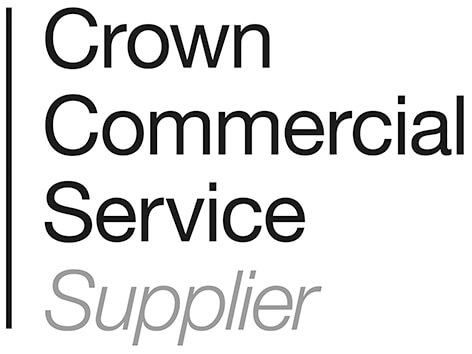Article
Last updated 14 January 2025
Embarking on an enterprise resource planning (ERP) system implementation journey is an ambitious undertaking that holds the promise of transforming organisational operations, streamlining processes, and boosting efficiency. However, the road to successful implementation is often fraught with challenges and complexities that can overwhelm even the most seasoned teams. The sheer magnitude of this endeavour can obscure crucial aspects that demand attention, leading to unexpected setbacks and overlooked areas.
In this article, we delve into five invaluable lessons gleaned from many years of real-world system implementations, shedding light on the often-unseen pitfalls and unveiling the secrets to achieving smoother transitions.
From managing stakeholder expectations to embracing change, we explore the hidden aspects that warrant careful consideration to ensure successful outcomes when it comes to implementing new systems – such as TechnologyOne.
1. Know what your needs are, not just your wants
As much as we might not like the current system it must be achieving results in certain areas. Add these key achievements to the list of the functionality that is required of a new system and then look for the new system. Too often a system replaces an old one that has bells and whistles but doesn’t perform the core functions as efficiently. Clarify what the current system/process is achieving and what it needs to achieve before you look for a replacement.
2. Status Quo isn’t just a band
When replacing a whole system or module of a system, an easy trap to fall into is configuring the system the same way as the old system. The reason a step is required (or a system structured), may be because of the system’s limitations that needed to be worked around. When you bring this configuration into a new system you could be creating inefficiencies that aren’t required. This is an opportunity for you to question why you did a process, or question whether you need the same information/structure. Make sure that someone is part of the team who wants to ask those questions or become that person yourself.
3. Keep it Simple Stupid (KISS also isn’t just a band)
A highly configurable system such as the TechnologyOne ERP Solution can be configured to have a complicated chart of accounts, an exhaustive list of user profiles, or an authorisation hierarchy that only a complex algorithm understands. What isn’t taken into account is the extra time taken for users to enter that complicated account, or the work required to maintain the list of user profiles, or the consultancy time required to create a complex workflow that will only ever be able to be updated by a consultant. When looking at the structure or process, ask yourself “how can this be simplified” – write the KISS acronym at the top of the agenda for any system implementation meeting. This item is closely related to challenging the status quo, but definitely proceeds it.
Ask if you really need it, then ask if it can be simplified.
4. Change management is a good investment
System implementation can be an expensive and resource-taxing time. Organisations that do not invest in change management to ensure that the people’s side of change is managed will find there may be a high turnover of staff in the affected areas, or that the project comes to a complete halt due to the key personnel resigning in the middle of the project. Change managers should focus on the challenges and how they can be positively resolved, to ensure a seamless transition. Investing in change management ensures you assign someone this responsibility as a consultant or an internal staff member within their organisational role.
5. Make sure your resources are available
A project needs access to the right people with the right knowledge or skills. Unfortunately, these people are often in middle management and are expected to do their full-time role at the same time. Waiting to receive authorisation or feedback on a suggestion or stage in the project from upper management can also delay productivity or be a contributing factor of a project losing momentum.
It is important for the change to be tested by all areas affected. Having a wealth of perspectives can make a big difference to the success or failure of the change. An organisation requires a level of commitment before considering any system implementation, otherwise the cost and potential loss of resources will outweigh any expected benefits of the change.
Embarking on system implementations requires a lot of careful planning and detailed understanding. You need to explicitly understand the needs – not just wants – to ensure efficient core functions.
Simplifying processes and configurations is a must, to avoid unnecessary complexities.
Investing in change management helps to manage transitions effectively and efficiently. While ensuring availability of the right resources offers a range of diverse perspectives which ultimately leads to successful project outcomes. When done correctly and with the above in mind, you can ensure a much smoother transition.
If your organisation is planning a system implementation, or is part way through one, and you need a fresh perspective, contact Lánluas and speak to our expert team of TechnologyOne consultants.
Sign up to our newsletter for the latest news and insights.
Plus, get exclusive access to our VIP content.


